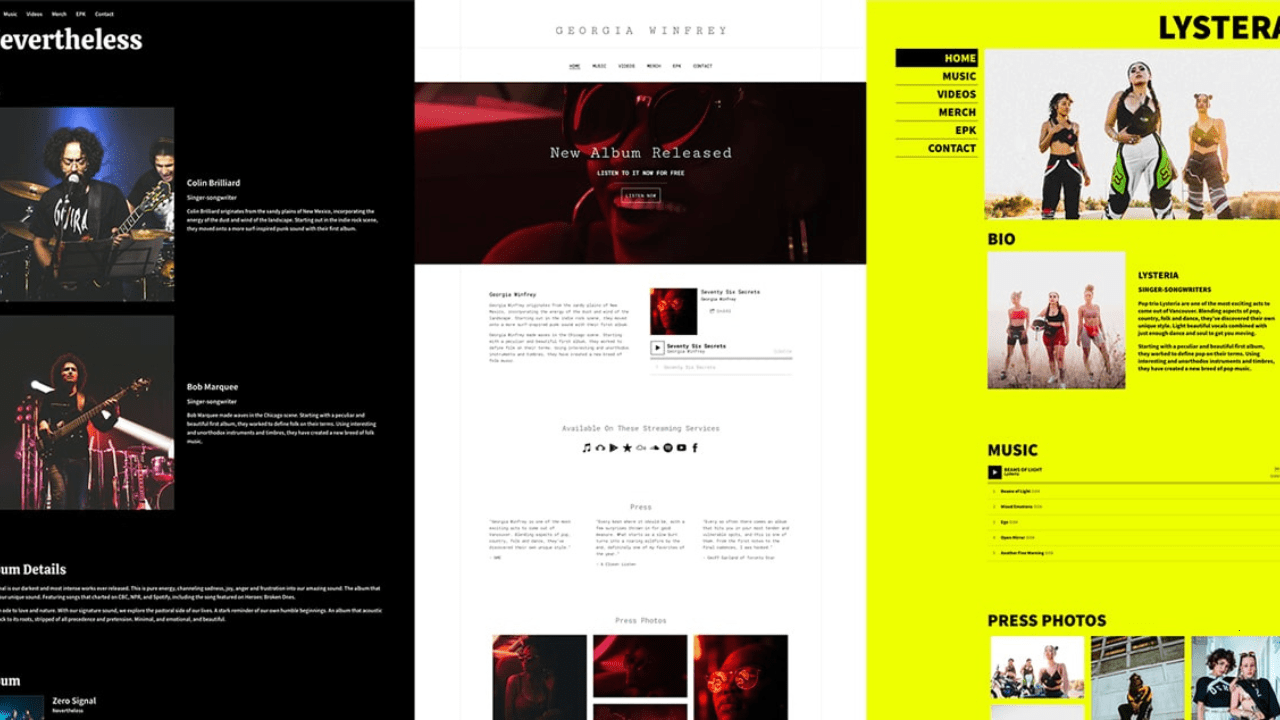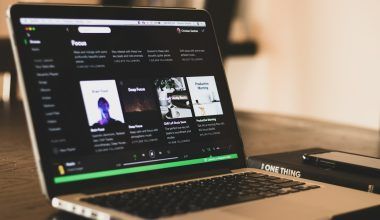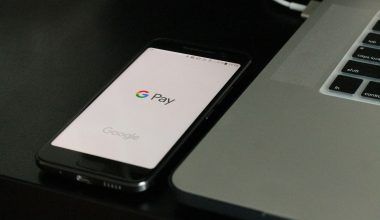In today’s competitive music and creative industries, standing out is essential. One powerful tool for showcasing your work, building your brand, and landing opportunities is an electronic press kit (EPK).
Whether you’re an artist, band, or content creator, your EPK acts as your digital business card. It tells your story, highlights your achievements, and makes it easy for media, promoters, and fans to learn about you. In this guide, we’ll walk you through everything you need to know about creating an effective EPK that grabs attention and delivers results.
What Is an Electronic Press Kit?
An electronic press kit is a digital portfolio that provides essential information about you or your brand. It’s commonly used by artists, bands, filmmakers, and businesses to present themselves to media outlets, event organizers, and potential collaborators.
An EPK typically includes:
- Your bio
- Photos
- Music or videos
- Press coverage
- Contact information
Think of it as your all-in-one promotional tool designed to make a strong first impression.
Why Do You Need an Electronic Press Kit?
An electronic press kit is essential for several reasons:
- Professional Representation: It showcases your work in a polished, professional format.
- Time-Saving: It consolidates all your information in one place, making it easy for promoters or journalists to access.
- Opportunities: A great EPK can help you land gigs, interviews, sponsorships, or collaborations.
- Credibility: It adds legitimacy to your brand by presenting your accomplishments clearly.
If you’re serious about your career, having a well-designed EPK is non-negotiable.
Plan the Content of Your Electronic Press Kit
Before you start building your EPK, plan what you want to include. Here are the essential components:
1. Bio
Write a compelling biography that tells your story.
- Include your background, achievements, and what makes you unique.
- Tailor it to your audience, whether it’s event organizers, journalists, or fans.
2. Photos
High-quality images are crucial. Include:
- Professional headshots.
- Action shots (e.g., performing live).
- Album or logo artwork.
3. Music or Videos
If you’re a musician, include:
- Links to your songs or albums (via Spotify, YouTube, etc.).
- Embedded music players for easy access.
For other creators, showcase your best video or visual work.
4. Press Coverage
Highlight any media mentions, interviews, or reviews you’ve received. Add quotes or links to articles.
5. Contact Information
Make it easy for people to reach you by including:
- Your email address.
- Links to social media profiles.
- Booking or management contact details.
Design Your Electronic Press Kit
Your EPK’s design should reflect your brand’s personality. Here’s how to make it stand out:
1. Choose the Right Format
EPKs can be:
- PDFs: Easy to email and share.
- Web Pages: Hosted on your website for easy updates.
- Hosted Platforms: Use tools like Sonicbids or ReverbNation.
2. Keep It Clean
- Use a simple layout that’s easy to navigate.
- Stick to one or two fonts and a consistent color scheme.
3. Add Branding Elements
Include your logo, album artwork, or other visuals that represent your brand.
Create a Strong Biography
Your bio is often the first thing people will read in your EPK. Make it count:
Tips for Writing a Great Bio:
- Start with an engaging hook that captures attention.
- Include major accomplishments, such as awards or milestones.
- Mention any notable collaborations or performances.
- Keep it concise—around 250-300 words.
A well-written bio gives your audience a reason to explore the rest of your EPK.
Showcase Your Music and Media
Music and media are the core of any musician’s electronic press kit. Here’s how to present them effectively:
1. Embed Music Players
Use platforms like Spotify, SoundCloud, or Bandcamp to embed your tracks directly into your EPK.
2. Include Videos
Add links to live performances, music videos, or promotional clips. YouTube and Vimeo are excellent hosting platforms.
3. Highlight Best Work
Choose your top songs or videos to showcase. Don’t overwhelm the viewer with too much content.
Add Professional Photos
Visuals make your EPK more engaging. Here’s what to include:
- High-resolution images for media use.
- Album or single artwork.
- Candid or behind-the-scenes shots that showcase your personality.
Use professional photographers whenever possible to ensure high-quality visuals.
Include Press Coverage
Press coverage builds credibility and shows that others value your work. Include:
- Links to articles or interviews.
- Quotes from reviews or media mentions.
- Logos of publications or platforms that have featured you.
If you don’t have press coverage yet, consider sending press releases to music blogs or local media.
Make Contact Easy
Your EPK should make it effortless for people to reach you. Include:
- A clear email address.
- Links to your social media accounts.
- A booking agent or manager’s contact details if applicable.
A “Contact” section ensures your EPK is actionable.
Promote Your Electronic Press Kit
Creating an EPK is just the beginning. Here’s how to use it effectively:
Email your EPK to booking agents, festival organizers, and venues.
2. Send to Journalists and Bloggers
Reach out to media professionals who might review or feature your work.
Add a link to your EPK in your social media bios.
4. Use for Sponsorships
Send your EPK to potential sponsors or brand collaborators to showcase your professionalism.
Update Your EPK Regularly
An outdated EPK can hurt your credibility. Update it frequently with:
- New music or videos.
- Recent press coverage or accomplishments.
- Updated photos or branding elements.
Regular updates keep your electronic press kit relevant and impactful.
Common Mistakes to Avoid
1. Too Much Information
Keep your EPK concise and focused. Avoid overwhelming your audience with unnecessary details.
2. Low-Quality Content
Invest in professional photos and ensure your music or videos are high quality.
3. Broken Links
Test all links to ensure they work properly before sharing your EPK.
Avoiding these mistakes ensures your EPK looks polished and professional.
Conclusion:
An electronic press kit is more than just a promotional tool—it’s your gateway to new opportunities. With a well-crafted EPK, you can showcase your talent, build credibility, and connect with your audience on a professional level.
Follow the steps in this guide to create an EPK that truly represents your brand. Start building your electronic press kit today and watch your career take off.
Related Articles:
For further reading, explore these related articles:
- Artist Manager: Role, Skills, and How to Find the Best Manager
- How to Make Money Making Music: Top Tips for Artists
- How to Make Reels on Instagram With Music: Step-by-Step Guide
For additional resources on music marketing and distribution, visit Deliver My Tune.






